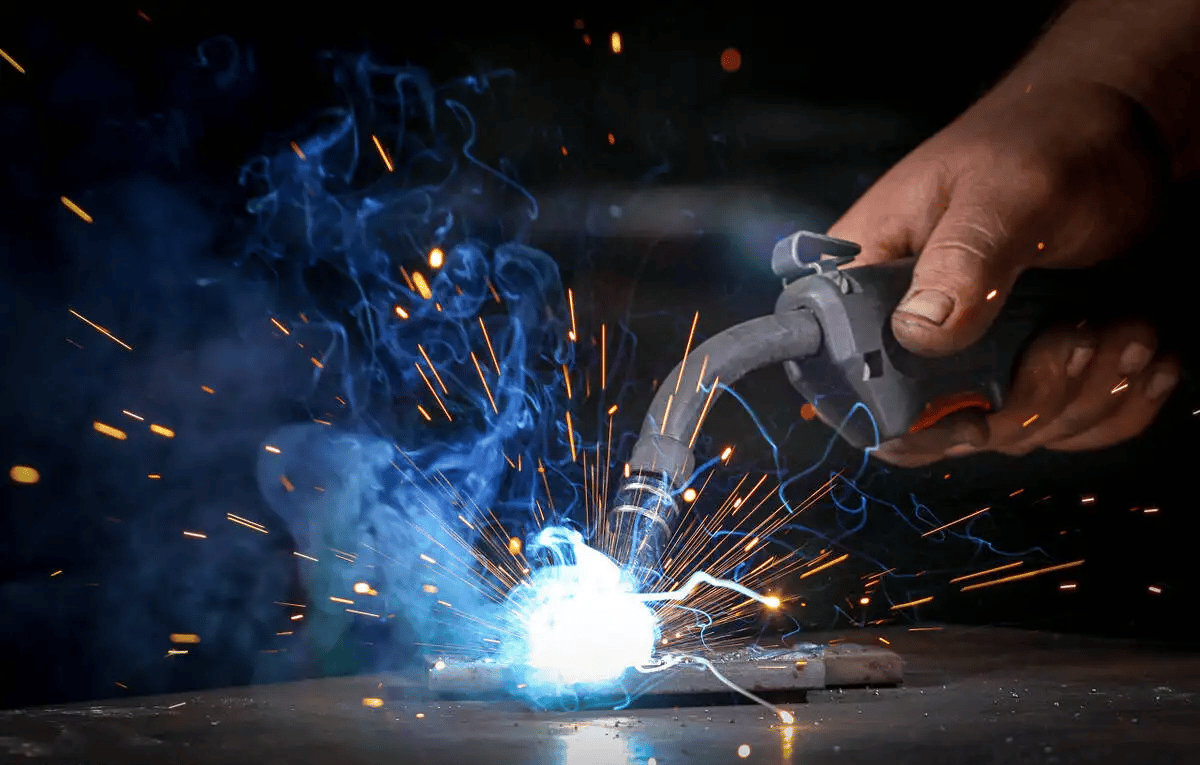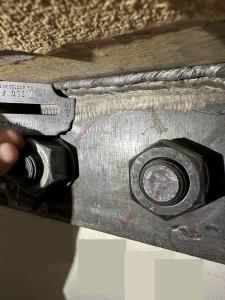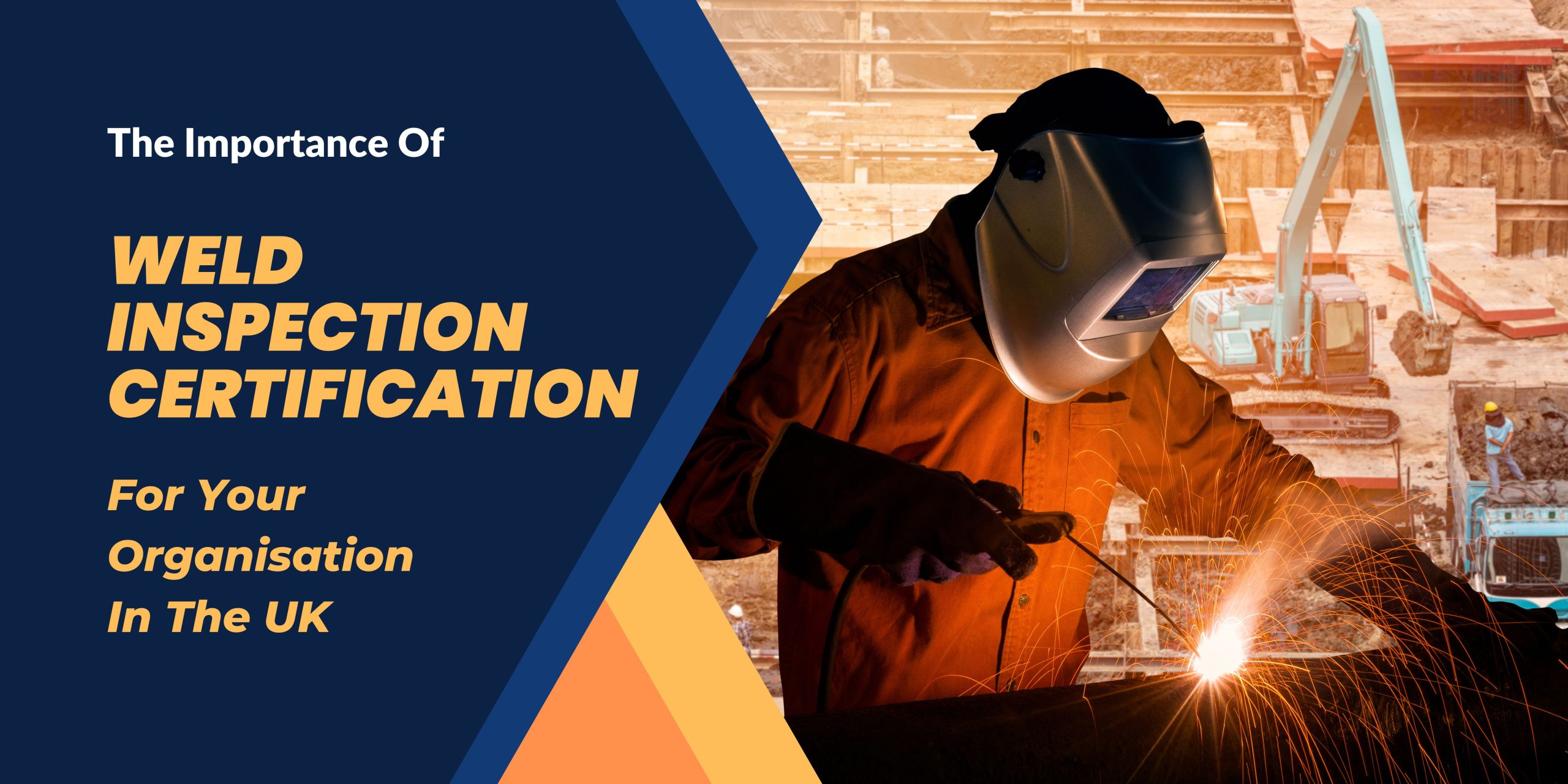Cutting-edge Strategies to Fillet Weld Inspection and Screening: Enhancing Weld Top Quality and Compliance Criteria
In the world of welding, the quality and integrity of fillet welds play a vital function in making sure the architectural strength and integrity of various commercial elements. With the constant drive for improved effectiveness and conformity with rigorous criteria, the exploration of cutting-edge methods to fillet weld inspection and testing has come to be crucial. As markets evolve, the standard approaches may no much longer be enough in fulfilling the needs of contemporary welding applications. By accepting innovative modern technologies and methodologies, a new horizon of opportunities emerges in the world of weld top quality evaluation and adherence to conformity requirements.
Advanced Non-Destructive Screening Methods
Making use of cutting edge modern technologies, advanced non-destructive screening approaches play an important duty in guaranteeing the stability and top quality of fillet welds. These methods, such as phased selection ultrasonic testing (PAUT) and magnetic bit screening (MPT), offer comprehensive understandings into the weld's interior framework without creating any damage to the product. PAUT, for example, utilizes several ultrasonic aspects to evaluate the weld from various angles, offering a thorough visualization of potential problems like lack of combination or splits.
By utilizing these sophisticated non-destructive screening methods, weld inspectors can accurately analyze the quality of fillet welds, making sure conformity with market criteria and laws. The capability to detect defects early on not only improves weld quality yet additionally stops costly rework or failings in architectural integrity, underlining the relevance of these ingenious testing techniques in welding evaluations.
Robotics and Automation in Evaluation
The assimilation of robotics and automation has actually revolutionized the examination process for fillet welds, enhancing effectiveness and accuracy in top quality assessment. Robotics supply accurate control and repeatability in inspecting welds, making sure consistent and trusted outcomes. Automated systems can be programmed to comply with specific assessment courses, guaranteeing thorough protection of welds and lowering the danger of human mistake.
Robotic assessment systems equipped with sophisticated sensing units can spot and determine weld attributes with high precision, supplying detailed information for evaluation. These systems can identify problems such as splits, absence of fusion, and porosity, allowing punctual corrective actions to be taken. Furthermore, robotics and automation permit for real-time data collection and analysis, supplying prompt feedback to operators and promoting fast decision-making processes.
Additionally, making use of robotics and automation in fillet weld examination improves overall efficiency by minimizing examination times and increasing evaluation throughput. By enhancing the assessment procedure, manufacturers can ensure weld high quality and conformity criteria are fulfilled successfully, inevitably leading to cost savings and improved item top quality.
Utilizing Artificial Intelligence for Analysis
Man-made knowledge plays a crucial duty in boosting the performance and precision of evaluation in fillet weld inspection processes. By taking advantage of the power of AI, inspectors can simplify the evaluation of weld quality and compliance standards, leading to more reliable and precise outcomes. AI formulas can rapidly process substantial quantities of information from weld evaluations, spotting defects or inconsistencies that might be testing to understand the naked eye. This innovative technology makes it possible for real-time surveillance of weld high quality, allowing for immediate rehabilitative actions to be taken if any type of problems are spotted.
Furthermore, AI discover this systems can pick up from past examination data, consistently enhancing their ability to recognize possible defects and discrepancies in fillet welds. This flexible understanding capacity enhances the total quality assurance procedure, minimizing the probability of human error and guaranteeing that welds meet the called for criteria. By integrating artificial intelligence into fillet weld analysis, industries can attain higher degrees of performance, consistency, and conformity in their evaluation techniques.
Portable Tools for On-Site Inspection
 Enhancing area assessment effectiveness, the fostering of mobile tools changes on-site analysis procedures for fillet welds. These devices provide versatility and benefit, enabling assessors to carry out complete assessments in numerous locations, including challenging or remote settings. Portable devices such as ultrasonic screening gadgets, magnetic fragment inspection equipment, and digital radiography systems give real-time information and high-resolution imaging capabilities, enabling fast decision-making and prompt feedback on weld quality.
Enhancing area assessment effectiveness, the fostering of mobile tools changes on-site analysis procedures for fillet welds. These devices provide versatility and benefit, enabling assessors to carry out complete assessments in numerous locations, including challenging or remote settings. Portable devices such as ultrasonic screening gadgets, magnetic fragment inspection equipment, and digital radiography systems give real-time information and high-resolution imaging capabilities, enabling fast decision-making and prompt feedback on weld quality.One significant advantage of mobile tools is their capacity to enhance evaluation procedures, decreasing downtime and enhancing overall performance. Examiners can quickly deliver these tools to different work sites, eliminating the requirement for transferring heavy equipment or components to off-site facilities. Additionally, the portability of these devices promotes cost-effectiveness by lessening transportation expenditures and increasing assessment timelines.
Additionally, making visite site use of mobile tools for on-site inspection advertises positive quality assurance steps, as examiners can promptly determine and attend to any type of potential welding issues or inconsistencies. By incorporating these innovative modern technologies right into on-site examination practices, welding professionals can ensure conformity with sector criteria and boost weld quality, inevitably bring about boosted structural honesty and security in various welding applications.
Integration of Information Administration Equipment
Having actually optimized on-site assessment procedures through the usage of portable devices, the following stage entails the smooth integration of data administration systems to even more boost performance and information evaluation capacities in fillet weld evaluation and screening. Welding Inspection Racine. By integrating data administration systems right into the examination procedure, organizations can improve information collection, storage, and evaluation. This integration permits real-time surveillance of weld top quality, immediate identification of defects, and punctual decision-making to fix any kind of issues that may develop throughout the inspection process
The integration of information administration systems enables seamless communication in between different stakeholders involved in the assessment procedure, fostering partnership and improving overall top quality control measures. Ultimately, the combination of data management systems serves to boost the requirements of fillet weld inspection and testing, making sure conformity with market laws and boosting weld top quality.
Conclusion
Finally, innovative methods to fillet weld inspection and testing have dramatically enhanced weld high quality and conformity requirements. Advanced non-destructive testing approaches, robotics, automation, man-made knowledge, mobile tools, and data monitoring systems have actually transformed the method weld examinations are carried out. By making use of these modern technologies, markets can ensure that welds meet the required high quality requirements and policies, ultimately enhancing general performance and safety and security in welding procedures.

By using these innovative non-destructive screening strategies, weld examiners can precisely evaluate the high quality of fillet welds, making sure conformity with market standards and policies. Portable devices such as ultrasonic screening tools, magnetic particle inspection equipment, and electronic radiography systems supply real-time data and high-resolution imaging capacities, enabling fast decision-making and instant feedback on weld top quality.
Having optimized on-site evaluation look what i found procedures with the utilization of portable tools, the following stage involves the smooth integration of information administration systems to even more boost efficiency and information evaluation abilities in fillet weld examination and testing (Welding Inspection Racine). Ultimately, the assimilation of data administration systems offers to raise the standards of fillet weld evaluation and testing, ensuring conformity with sector regulations and enhancing weld quality
 In conclusion, ingenious methods to fillet weld examination and testing have actually significantly improved weld quality and conformity requirements.
In conclusion, ingenious methods to fillet weld examination and testing have actually significantly improved weld quality and conformity requirements.
Comments on “Understanding the Process of Welding Inspection Racine for Optimum Results”